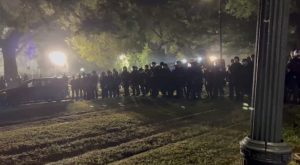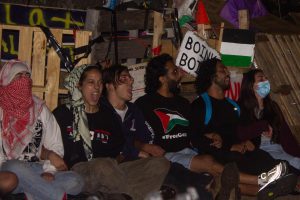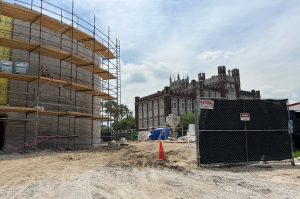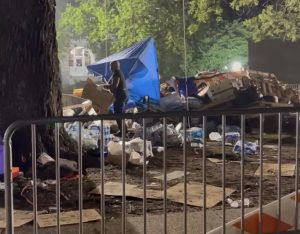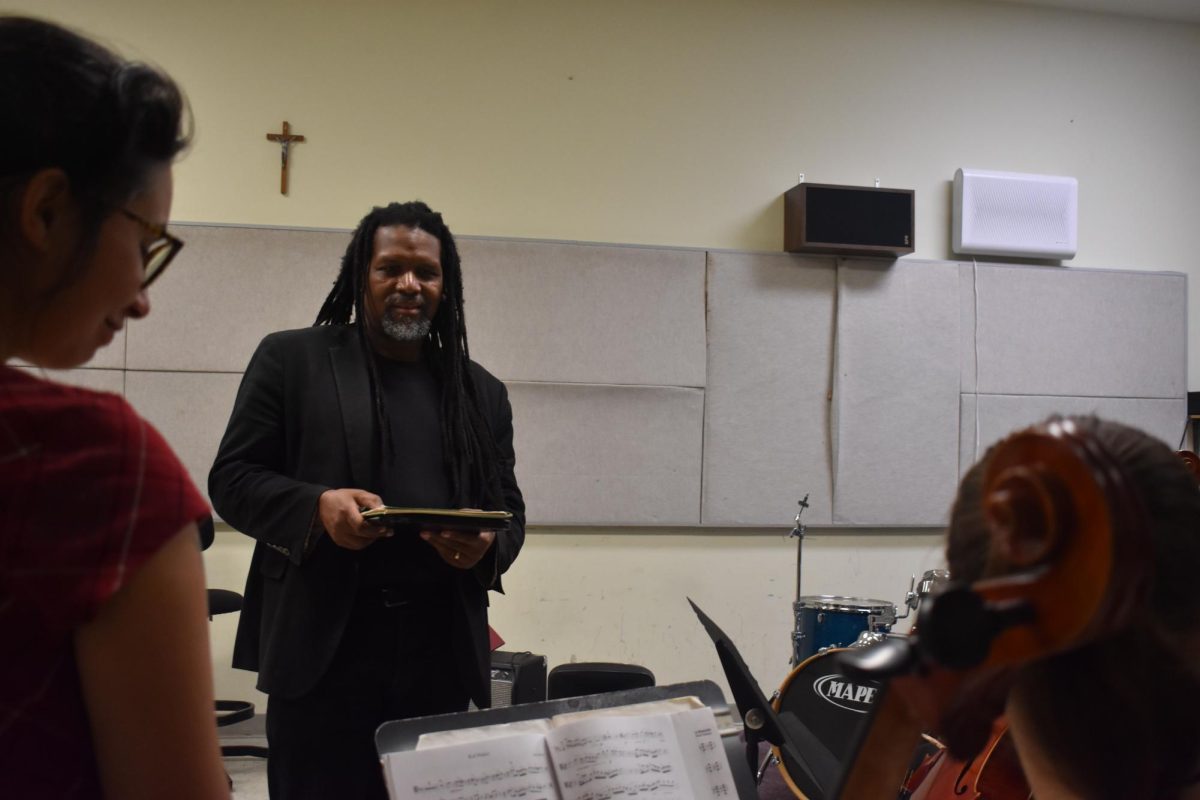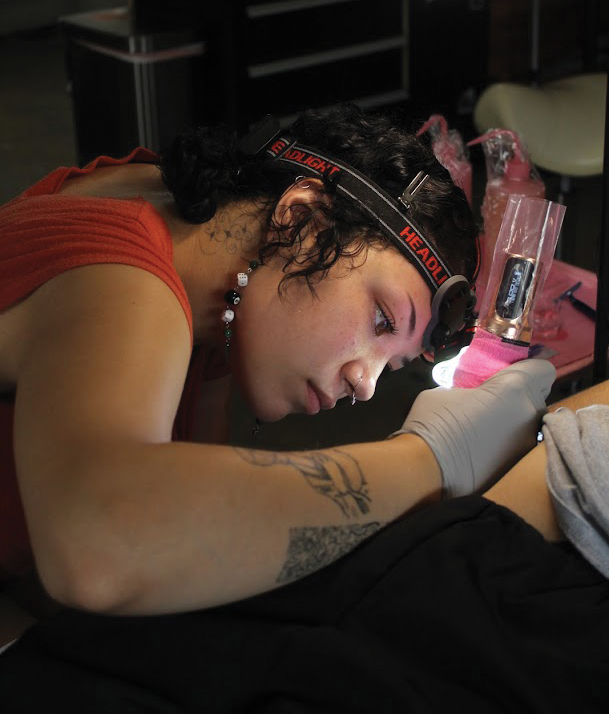When Typhoon Haiyan struck through the center portion of the Philippines in early November, the news hit close to home for the handful of Loyola students who are of Filipino descent.
Thankfully for these students, none had friends or family members directly affected by the disaster. The typhoon, known as Typhoon Yolanda in the Philippines, is now known to be the deadliest Philippine typhoon on record, killing roughly 5,600 people in the country alone.
Music therapy sophomore Anastasia Sion was initially worried about her family in the Phillippines when she first heard of the typhoon. Sion’s parents migrated from the Philippines to Canada, where they met before moving to the United States. Her fears were partially subdued when she learned that the typhoon had hit far from this area.
This hasn’t lessened her concern for her parent’s home country, however.
“I have tried participating in small ways such as donating money through bake sales. I have been and still am on the look out for other ways to send relief to the Philippines,” Sion said.
Sion isn’t alone in her efforts to send relief to the Philippines. Earlier in November, the University Honors Program and other student organizations raised money during Loyola’s Relief Week. The benefit, which included bake sales, a thrift shop, origami making and various other unique events, raised $1,252.72 for the Philippines. The money was split between the Philippine Jesuit Foundation, the Red Cross and the Philippines American United Council of Louisiana.
The relief efforts displayed by the Loyola student body are not a reflection of the attention this disaster has drawn from the rest of the country, however.
Studies by the Pew Research Center have shown that only about one-in-three Americans closely followed the Typhoon Haiyan disaster. This brings it in at number four on the scale of major disasters Americans have closely followed, leaving it behind the Haiti earthquake, Indian Ocean tsunami and the Japan tsunami.
According to Pew, the reason the Typhoon may have drawn less attention from the American public than other disasters may be because of the ongoing Affordable Care Act rollout, that became the top news story the days following the disaster.
Filipino student Adrian Claveria, philosophy senior, noticed the lack of coverage, saying that he found out about the typhoon much later than he would have expected to.
“Most of my coverage actually came from social media, which I find interesting, but honestly I didn’t think of it much because of the nature of Filipino attitudes towards storms in general,” Claveria said.
“But then I heard of the actual devastation and was a little alarmed at the lack of coverage.”
Sion says she hasn’t noticed the lack of coverage and support from Americans.
“There is a small population of Filipino students at Loyola so I figured that that was the reason why there was not as much concern from the student body for those affected by the typhoon,” Sion said, “However, there is also news that Japan and other countries closer to the Philippines are sending a lot of support.”
Despite what they may think of the varying degrees of coverage of Typhoon Haiyan, both Sion and Claveria are hopeful for the continuing relief efforts for the Philippines.
Shannon Donaldson can be reached at [email protected]
Typhoon Haiyan hits home for Filipino students
December 5, 2013
Leave a Comment
More to Discover


